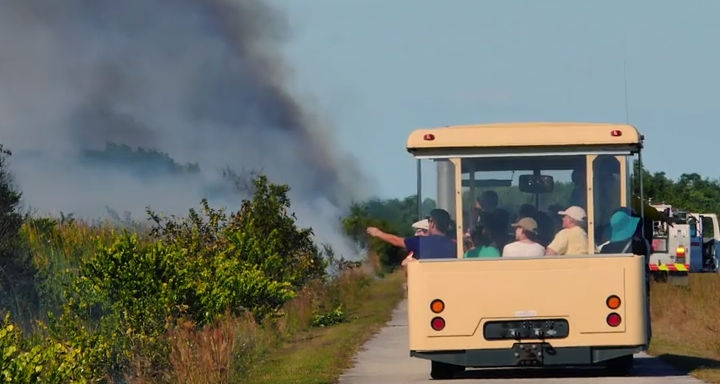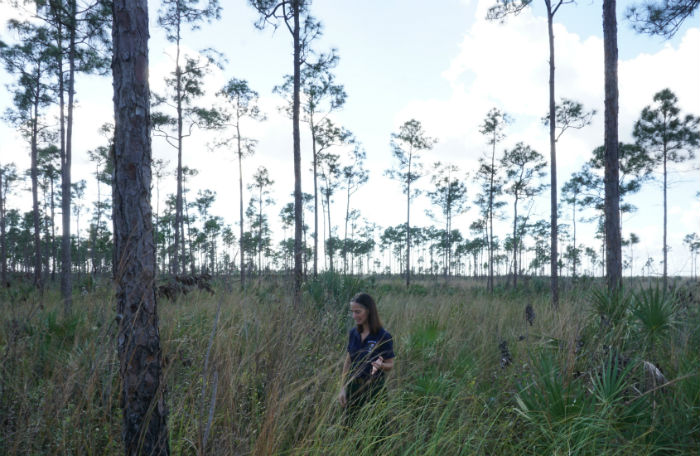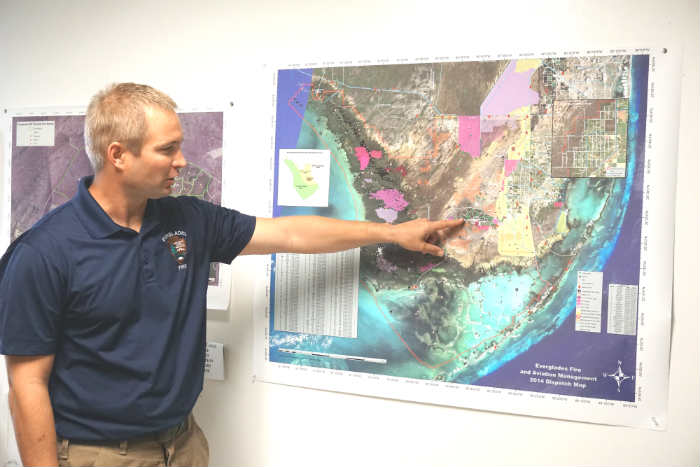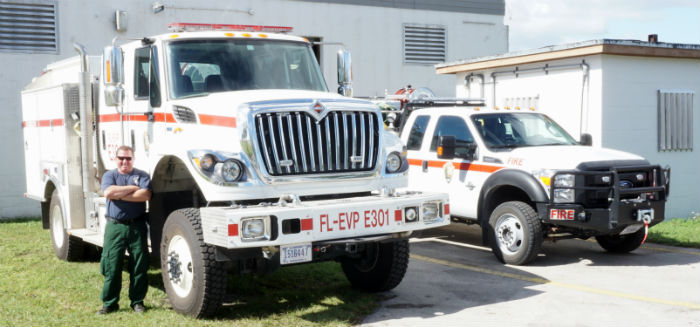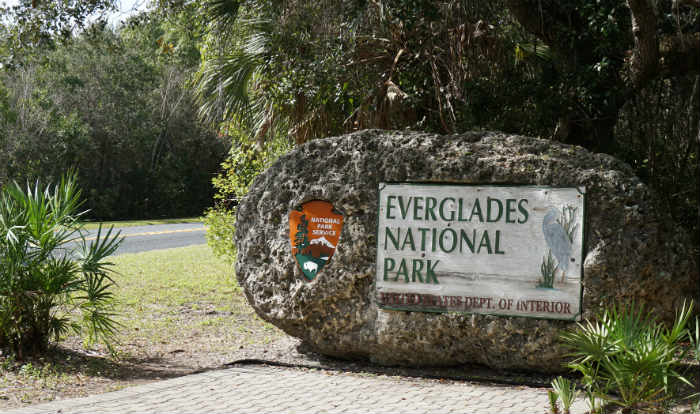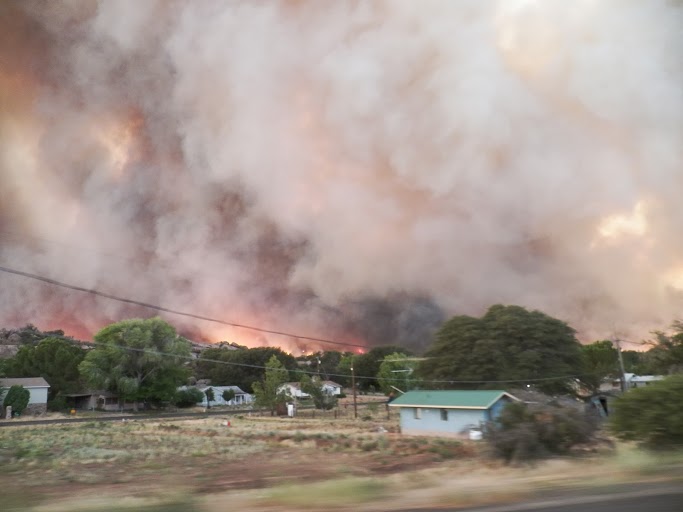On Throwback Thursday today, we’re reprising an article we wrote on August 9, 2008.
When I walked into Bill Supernaugh’s office one day in 1995 I found him looking out the window with his feet up on his desk. I was the Fire Management Officer and had an appointment with the Assistant Superintendent of Indiana Dunes National Lakeshore to brief him about the prescribed fire we were going to ignite in the park in a few days. I got along well with him and felt comfortable smiling and saying, “Oh sorry, I didn’t know you were busy–I’ll come back later” and half turned to walk away.
He pointed to a chair and told me to sit down. In the banter that we usually engaged in before getting around to business he explained that he was “thinking”, something that he felt was important for a manager in his position, supervising the Operations of a large workforce and a big chunk of public land. Taking time to think gave him the opportunity to mull over the issues of the day and strategize about the direction the park would take. He said a person in his position was more of a thinker than a doer.
I wanted to slink down into my chair and disappear, because what he said made perfect sense and I was giving him a hard time. I was there to brief him about a project I was going to DO, and he was going to take my information and THINK about it, then approve it, ask for more information, or give me advice about how to do it differently, or not at all.
At 5:00 a.m. on August 26, 1992 Hurricane Andrew made landfall, knocking the crap out of south Florida and four national parks including Everglades, Big Cypress, and Biscayne Bay. Early the next morning I was in a rental car south of Miami driving through Homestead trying to navigate on back roads while driving over downed power lines and other debris. The first power line was scary as hell, but then we realized there was no electricity anywhere. Navigation was difficult because all of the road and street signs and many of the usual landmarks were gone. Even someone with us that was familiar with the area was disoriented.
We were a Type 1 All-Hazard Incident Management Team with a mission to rescue park employees and restore the infrastructure. It was a huge job and after a few days as Planning Section Chief I felt a little overwhelmed, with lots to do and not enough time in the day to get it all done. In confessing my situation to our Incident Commander, Rick Gale, he said “Order the personnel you need to get the job done. You are paid to think, not do.”
After that, I made time, like Bill Supernaugh, to think. Occasionally I even put my feet up on a desk.
Until he retired from the day to day operations of Microsoft, Chairman Bill Gates scheduled a twice-yearly “Think Week” ritual, where he would take a helicopter or float plane to his secret lakeside cabin and… think….by himself….barring all outside visitors. He would rarely leave the cabin during the week except for an occasional walk on the beach, having a caretaker slip him two simple meals a day at the cabin. He subsisted on the two meals, Diet Coke, and Orange Crush.
Think Week was legendary in Microsoft. Gates would pore over about 100 papers written by company executives, researchers, managers, and developers, who hoped to obtain approval for their new project, or a new direction for the organization. Comments that Gates wrote on the papers could give the green light to a new technology that millions of people would use, or send Microsoft into new markets. He had to be careful what he wrote, after finding that a casual “Hey, cool, looks good” could result in 20 people being assigned to a project.
Barack Obama appears to understand how important it is to set aside time to think. Here is part of an accidentally-captured conversation between Obama and British Conservative Party Leader, David Cameron. Cameron asks Obama if he will be taking any time off for a vacation this summer:
Mr. Cameron: Do you have a break at all?
Mr. Obama: I have not. I am going to take a week in August. But I agree with you that somebody, somebody who had worked in the White House who — not Clinton himself, but somebody who had been close to the process — said that should we be successful, that actually the most important thing you need to do is to have big chunks of time during the day when all you’re doing is thinking. And the biggest mistake that a lot of these folks make is just feeling as if you have to be …
Mr. Cameron: These guys just chalk your diary up.
Mr. Obama: Right. … In 15 minute increments and …
Mr. Cameron: We call it the dentist waiting room. You have to scrap that because you’ve got to have time.
Yes. You have to have time to think. Those of us in the emergency management business too often see time to think as a luxury we don’t have. True, at times, when split second decisions can have life-long, or even life-dependent outcomes. But when initial attack becomes extended attack morphing into a long duration incident, thinking is not a luxury. It is a necessity.
